08.03.2007
Game of the Round (11)
1.d4 ¤f6 2.c4 g6 3.¤c3 d5 4.cxd5 ¤xd5 5.e4 ¤xc3 6.bxc3 Ґg7 7.Ґc4 c5 8.¤e2 ¤c6 9.Ґe3 0-0 10.0-0 10...¤a5 Lately Black tends to refuse to follow main theoretical lines associated with 10...Ґg4 11.f3 ¤a5. Why did Vassily Ivanchuk also reject this way? He is the only one to know this for sure, and I can just suppose that he has not been especially fascinated with an idea of making a draw in one of this long forced variations, and if he is fortunate at that. He had a graphic example of this before his very eyes – in the game Carlsen–Aronian White did not even try to create the likeness of struggle, having made all the theoretically known moves leading to a draw. Admittedly, Vassily's way of agreeing to a deliberately worse position can hardly be considered a success. It would be better to resign himself to unavoidable, if Carlsen really wanted to make a draw without playing. 11.Ґd3 b6 12.¦c1 cxd4?! early opening of the c-file in such cases plays into White's hands, so more preferable is 12...Јc7 13.cxd4 e6 14.Јd2 Ґb7 15.h4! A well-known if not typical method. It is also known for this particular position. White intends to undermine black king's fortifications or to advance his pawn as far as the h6-square and utilize dark-colored squares for his attack. 15...Јe7 A fortnight ago right before my eyes in a German Bundesliga match fabled Jan Timman won an exemplary game against a young player: 15...h5 (this move has its drawback as it weakens the black king's cover, but is still better than one chosen during the game) 16.Ґg5 Јd7 17.Ґh6 ¦fc8 18.Ґxg7 ўxg7 19.Јg5 Јd8 20.Јg3 ¦xc1 21.¦xc1 ¦c8 22.¦e1 ¤c6 23.d5 ¤b4 24.Ґb1 exd5 25.a3 ¤c2 26.¦d1 Јe7 27.Ґxc2 ¦xc2 28.¤d4 and White, having won an exchange, gradually converted it into a win, Timman-Baramidze, 2007 16.h5 ¦fc8 17.e5! This method is well-known as well; White stresses the attack along the K-side dark-colored squares. If Black could transfer his king to d5, he would have an edge, but the way there is too long, and so he cannot take an advantage of the d5-weakness. 17...¦xc1 18.¦xc1 ¦c8 19.¦xc8+! It is senseless for White to lose a tempo and to avoid the exchange of rooks, and he organizes an attack with small forces. 19...Ґxc8 20.Ґg5 Јc7?! a little better is 20...Јd7, although after something like 21.Ґf6 ¤c6 22.Ґxg7 (also strong is 22.Ґb5, after with Black remains with a weak light-squared bishop against a nimble white knight.) 22...ўxg7 23.Јf4 White retains an attack. 21.Ґf6 ¤c6 22.Јg5 h6 also losing is a self-suggesting move 22...¤b4 because of 23.Ґxg7 ўxg7 24.Јf6+ ўf8 25.Ґxg6! hxg6 26.h6, and the pawn queens 23.Јc1! White utilizes a tactical nuance – a conglomeration of black pieces along the c-file. 23...g5 24.Ґb5 Ґd7 25.d5 exd5 26.¤d4 All the rest is absolutely simple. 26...Ґxf6 27.exf6 Јd6 28.Ґxc6 Јxf6 29.Ґxd7 Јxd4 30.g3 Јc5 31.Јxc5 bxc5 32.Ґc6 d4 33.Ґb5 ўf8 34.f4 gxf4 35.gxf4 1-0 Morozevich - Anand As a rule in the opening Alexander Morozevich sets himself a principal task to drive the opponent away from well-known to him theoretical ways, to make him think and not to execute some familiar variations. To carry this out Alexander frequently has to choose not exactly second-rate, but obviously not strongest continuations. In the opening of this game it was quite the other way round. Alexander has chosen not only rare, but also quite a solid variation, and got an advantage. True, later he went on playing unexpectedly timidly for himself, and Vishi Anand managed to avoid serious troubles. Thus a draw. Carlsen – Ivanchuk So far Vassily Ivanchuk had been playing wonderfully, showing the highest-quality game, with the exception of his game against Magnus Carlsen in Morelia. Here in Linares in the morning of his game against Magnus Vassily got out of bed on the wrong side again, chosen a hopeless opening variation and lost without giving a fight. What a pity! Svidler - Topalov The opponents continued their theoretical discussion in popular Najdorf variation, which had begun in Wijk aan Zee. Veselin Topalov was playing strongly and precisely, so during the game I considered his chances better. But still the balance hadn't swayed too much in his favor, and as a result of this a perpetual check was given. Aronian-Leko Having got an advantage, Levon Aronian blundered with his 24th move 24.Ґb2? (after 24.Ґd2 Black faces a long and unpleasant defense). Peter Leko had delivered a simple but effective blow 24...¤xa2!, after which the tables were turned, and it was Levon who had to struggle for a draw. But Peter failed to exploit his every chance after all, and the game ended in a draw.
Carlsen,M (2690) - Ivanchuk,V (2750) [D88]
XXIV SuperGM Morelia/Linares (11), 06.03.2007
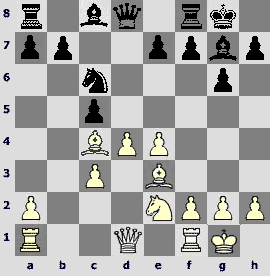
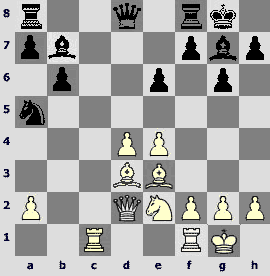
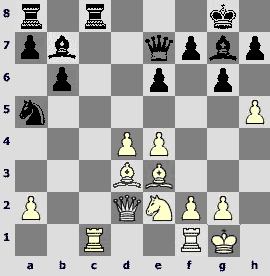
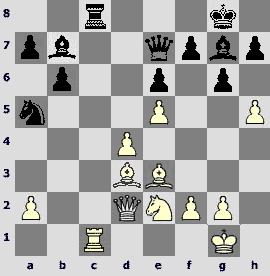
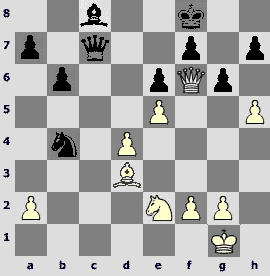
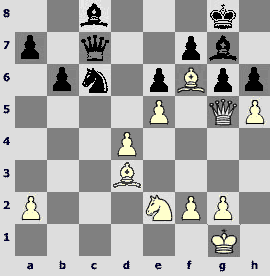
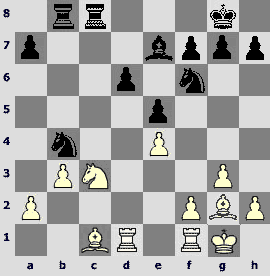
ALL ARTICLES BY AUTHOR

Discuss in forum